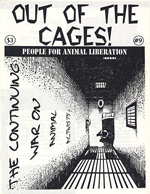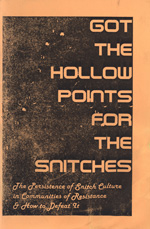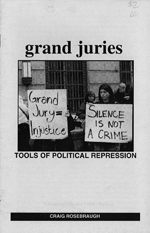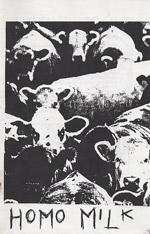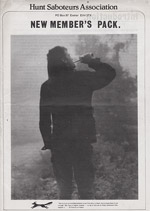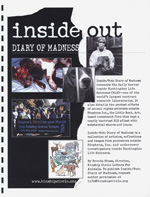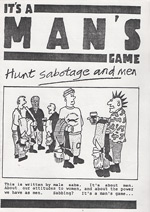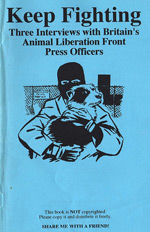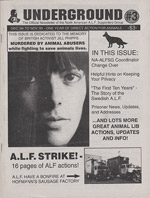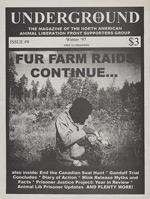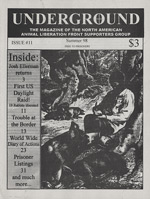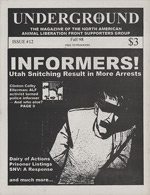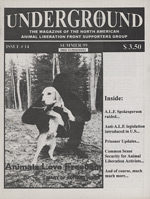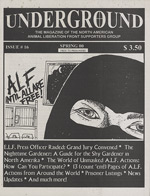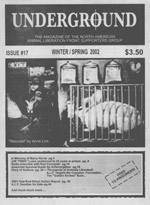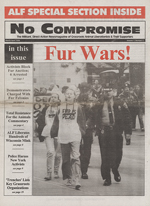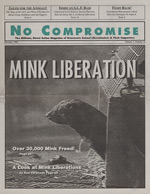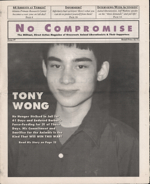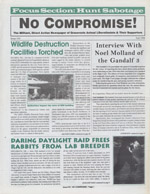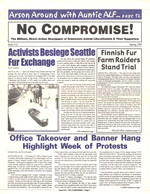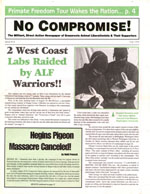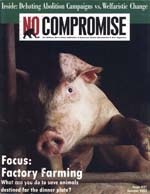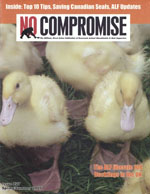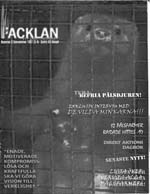Although issues 1-5 of Out Of The Cages are said to be mostly local organizing bulletins we would still love to complete our set. If you have them- or other publications of note- please contact us!
Out of the Cages
2020-11-21
In: Periodicals
Out of the Cages 6-9 (1993-1994. Santa Cruz, CA. USA)
Out of the Cages filled an important niche in the pre-internet, pre-No Compromise 90s. As the main west coast publication of its time it had a link to the 80s glory days in the area it was printed. Santa Cruz had been the home of US hunt saboteurs and the earliest cooperation between animal rights activists and Earth First!. Rod Coronado, Jonathan Paul, and other early AR radicals called it home. This proximity to history gave the magazine a much different tone than Holocaust or Dressed in Black, and unlike Militant Vegan, the group publishing OOTC were above ground liberationists, accessible for correspondence and submissions. This meant that the zine was always filled with fresh perspectives, letters, and debate, and that eventually groups from across the country got in touch to share ideas and announce their campaigns.




